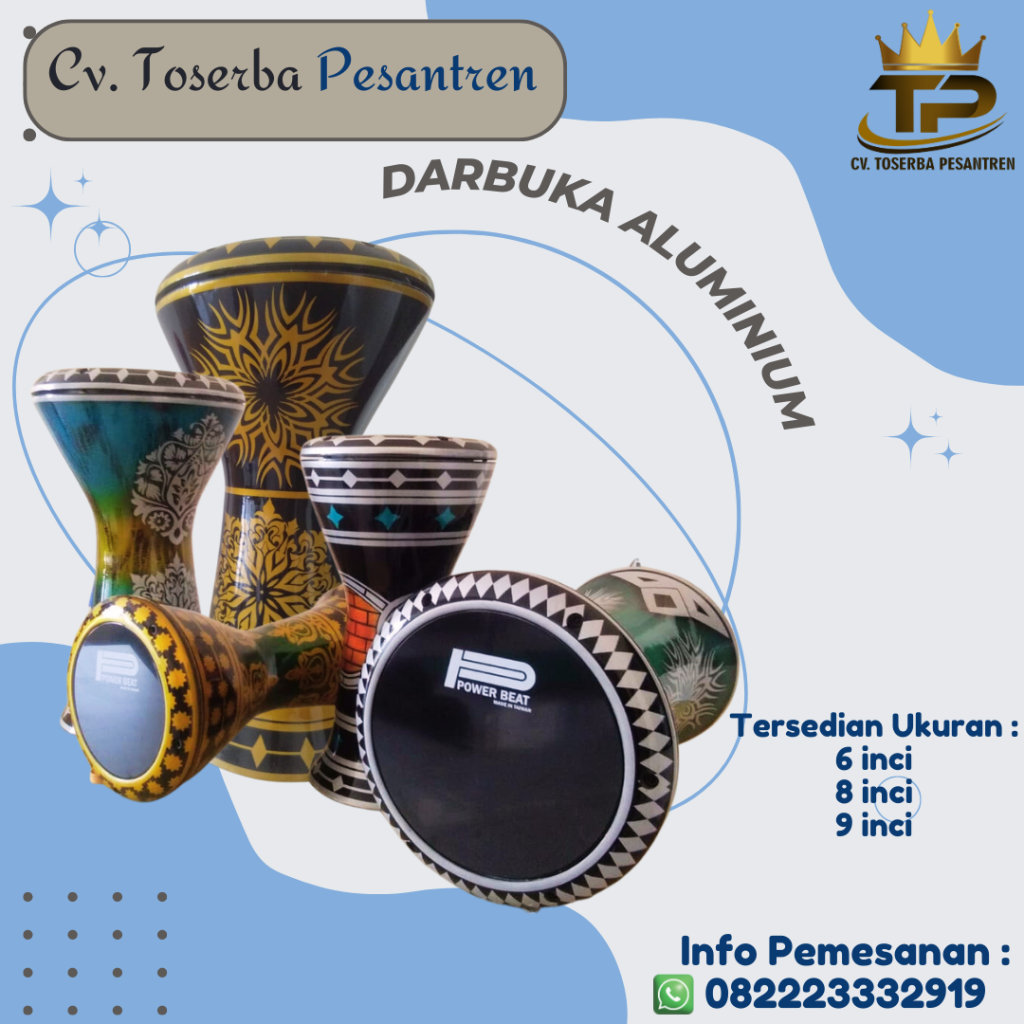
The Darbuka A Timeless Percussion Instrument
The darbuka, also known as the goblet drum, is a traditional and iconic percussion instrument popular in the Middle East, North Africa, and parts of Asia. Its distinctive shape, intricate design, and rhythmic beats have captivated musicians and audiences for generations. In this article, we will delve into the history, design, playing techniques, and cultural significance of the darbuka.
History and Origins
The darbuka is an ancient percussion instrument with a rich history that can be traced back thousands of years. Its origins are believed to be in the Middle East, specifically in ancient Mesopotamia. Over centuries, the darbuka has spread throughout the Arab world, Mediterranean region, and parts of Asia, becoming an integral part of various musical genres and cultural celebrations.
Design and Construction
The darbuka is characterized by its goblet or chalice-like shape, consisting of a narrow neck and a wide drumhead. It is usually made from ceramic, clay, metal, or wood. The drumhead is typically made from goat, fish, or synthetic skin, tightly stretched and fastened to the drum body. The design allows for a range of tones, from deep lows to sharp highs.
Playing Techniques
Playing the darbuka involves a blend of hand and finger techniques. Musicians use their hands, fingers, and palms to strike and produce distinct sounds. Techniques include rolls, snaps, slaps, and finger flicks. The variations in hand placement and striking techniques create a diverse range of tones and rhythms.
Rhythmic Patterns and Styles
The darbuka is known for its diverse rhythmic patterns and styles, each associated with specific regions, cultures, and musical genres. In Middle Eastern music, it often plays a central role in traditional and contemporary compositions, ranging from classical Arabic music to modern pop and fusion genres. The rhythms can be complex and are often used to accompany dance performances and solo acts.
Cultural Significance
The darbuka holds great cultural and social significance in the Middle East and beyond. It is deeply embedded in the cultural fabric and often featured in various celebrations, including weddings, festivals, and religious ceremonies. In many Middle Eastern countries, the darbuka is a fundamental instrument during traditional folk music performances and is an essential component of cultural gatherings.
The darbuka, with its ancient origins and captivating design, stands as a symbol of cultural identity and musical heritage in many regions around the world. Its unique shape, versatile tones, and rhythmic possibilities have made it a favorite among musicians and audiences alike. The darbuka continues to play a vital role in preserving cultural traditions and enriching musical experiences, ensuring its enduring legacy for generations to come.
CV. TOSERBA PESANTREN is a shop that provides various kinds of hadroh musical instruments, traditional musical instruments, Jepara mosque carved drums, and Jepara carved pulpits which was established in 2014. Located at JL. Raya Sukolegok RT.10/RW.04 Ds.Suko, Suko, Sukodono District – Sidoarjo Regency, East Java. CV. Toserba Pesantren has several resellers in several cities in Indonesia. We serve offline and online sales, retail and wholesale. We also open new resellers for those who are interested in lower prices on the market and gain knowledge about selling online and offline as well as how to handle customers. Get various attractive offers and discounts every day.
IF INTERESTED PLEASE CONTACT:
OFFICIAL:
wa.me/6282223332919 or please come to our showroom located at:
JL. Raya Sukolegok RT.10/RW.04 Ds. Suko, Suko
Sukodono District – Sidoarjo District, East Java
